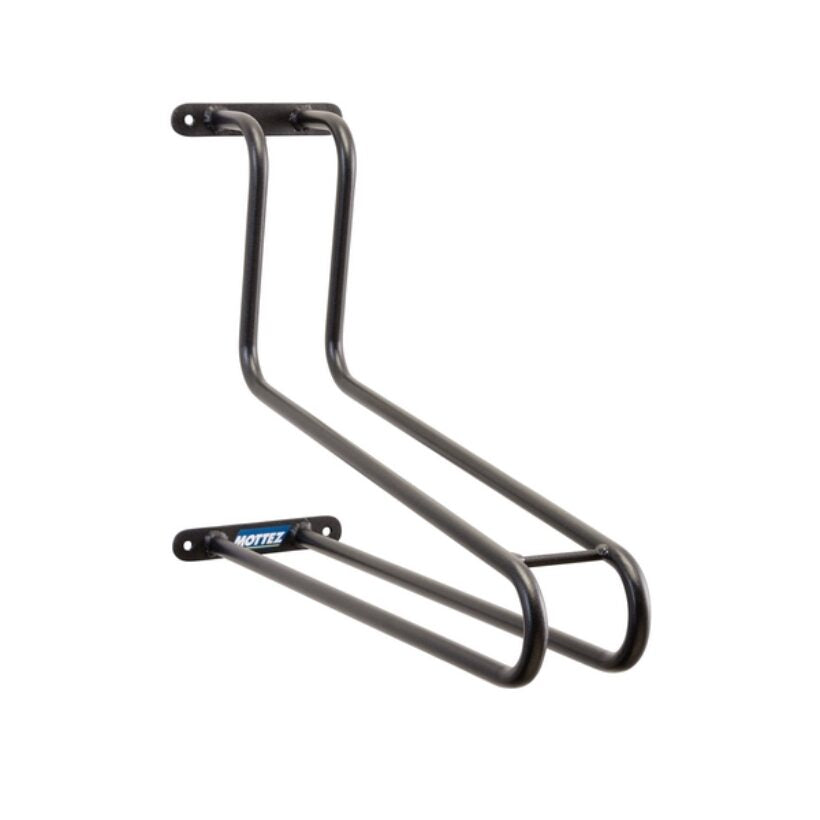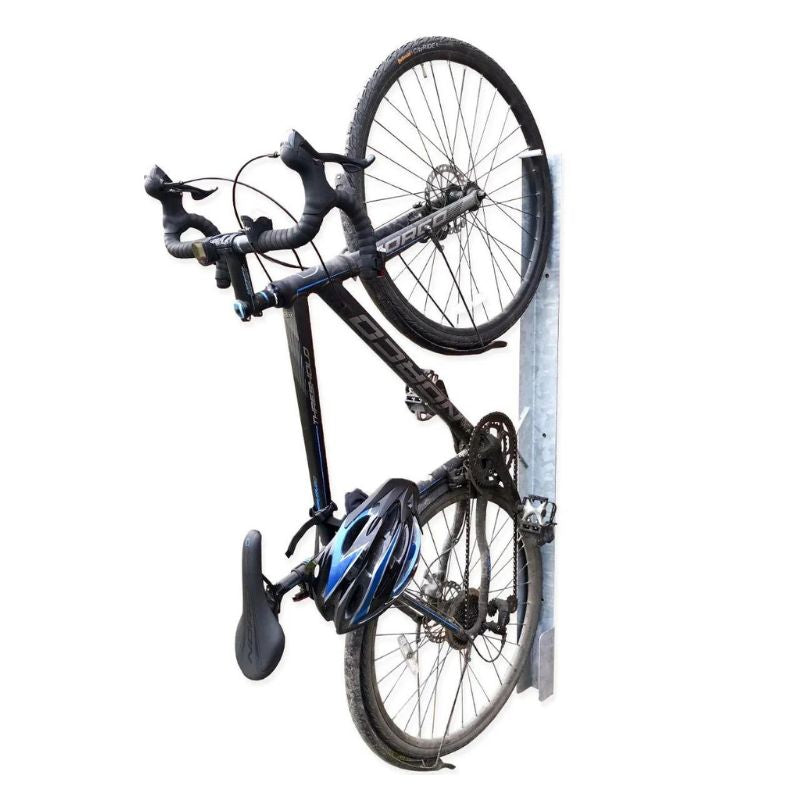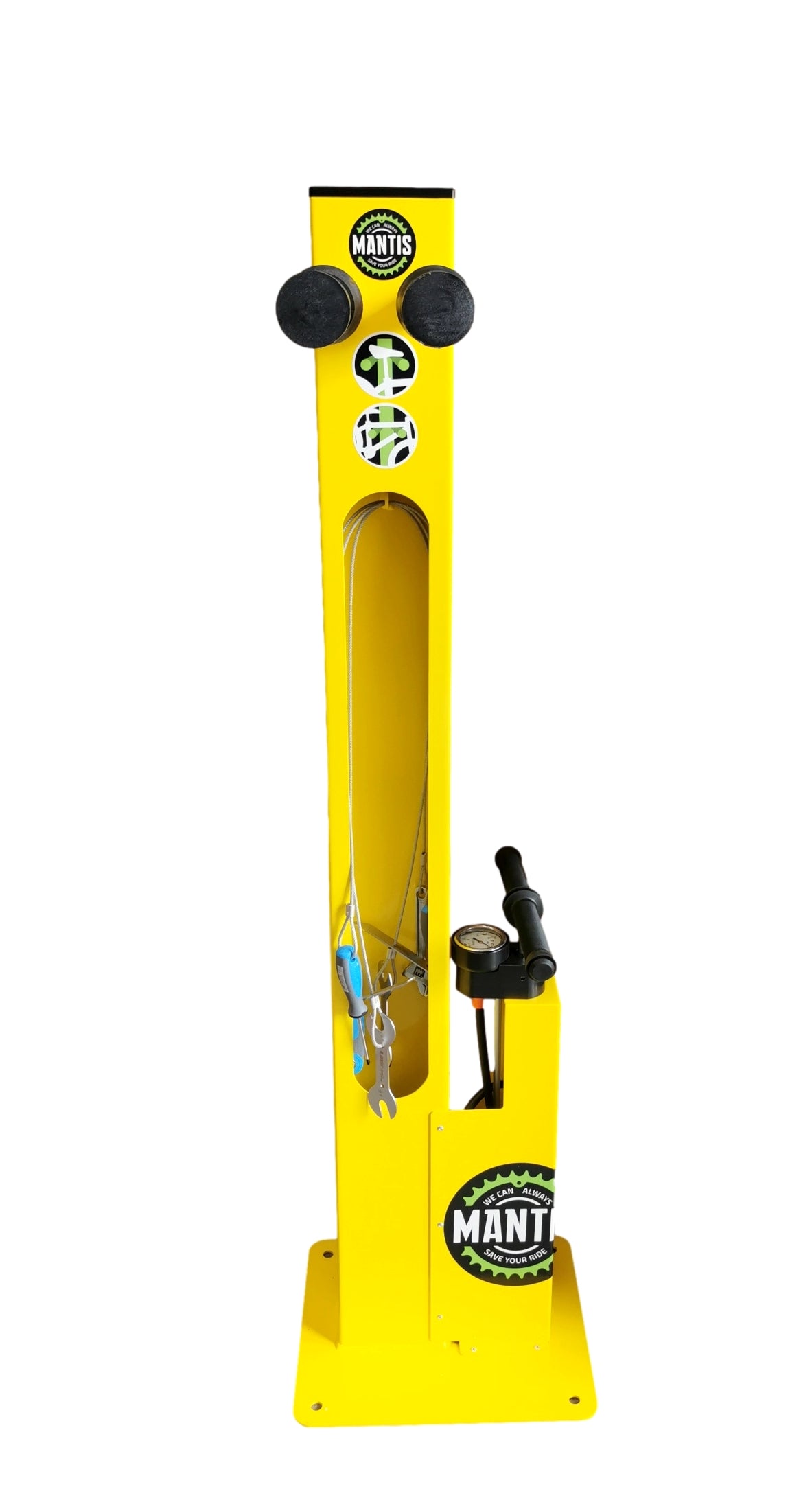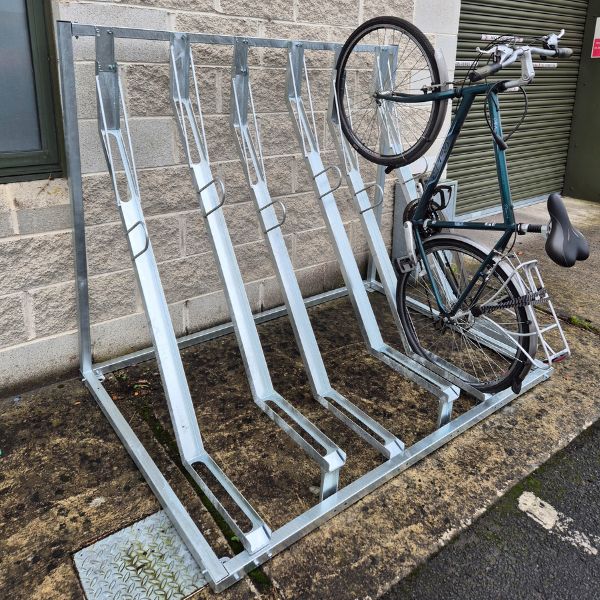Vertical Bike Rack
Vertical Bike Racks designed to save space while securely storing bicycles. Ideal for workplaces, apartment blocks, and indoor bike parking facilities.

Heavy Duty Wall Mounted Bike Hanger
Sale price€339.00ex VAT
Maximise Indoor Bike Storage For Up To 6 Bikes

Eltham Vertical Bike Rack
Sale price€9,999.00ex VAT

X-Type Semi Vertical Bike Rack
Sale price€9,999.00ex VAT

Bike-Up Bike Hook
Sale price€9,999.00ex VAT

Bull Bike Hanger
Sale price€999.99ex VAT

GHP Bike Hanger
Sale price€39.50ex VAT

Eltham Bike Hanger
Sale price€79.50ex VAT

Kit of 3 Connecting Bars For Floor-Mounted Bicycle Stand
Sale price€0.00ex VAT














